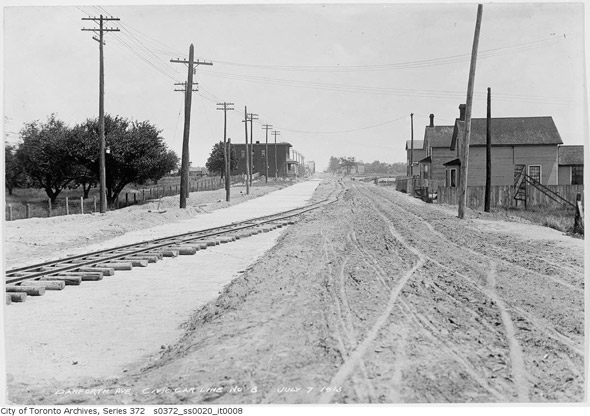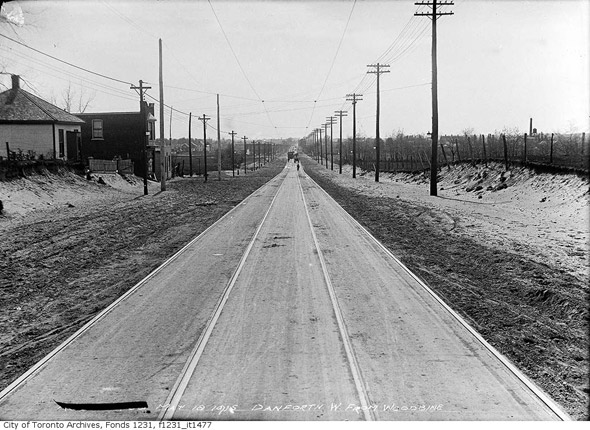denfromoakvillemilton
Senior Member
Member Bio
- Joined
- Apr 30, 2008
- Messages
- 7,489
- Reaction score
- 1,546
- Location
- Downtown Toronto, Ontario
Hear me out.
It seems to me reading blogto, torontolife, spacing, torontoist, etc. It seems all of Toronto's greatest attractions are west of Yonge Street. Most of the trendy neighbourhoods outside of Riverdale and Leslieville are all west of Yonge Street. Obviously, there's the Scarborough problem as well. So why is west side of Toronto much more on the map per se then the east? Any thoughts?
It seems to me reading blogto, torontolife, spacing, torontoist, etc. It seems all of Toronto's greatest attractions are west of Yonge Street. Most of the trendy neighbourhoods outside of Riverdale and Leslieville are all west of Yonge Street. Obviously, there's the Scarborough problem as well. So why is west side of Toronto much more on the map per se then the east? Any thoughts?
Last edited:












